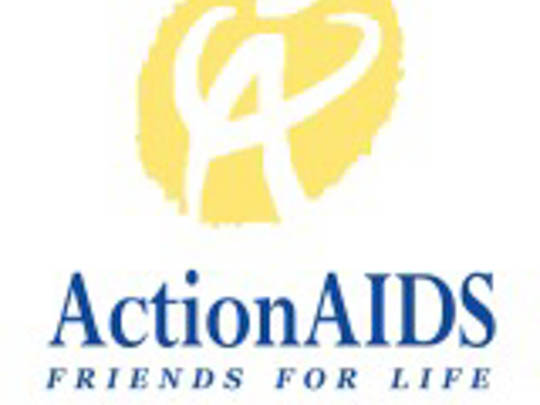Philadelphia Story: In Search of the Digital Divide
Content From: David W. Webber, J.D., Senior Development Specialist, ActionAIDS•Published: February 13, 2014•3 min read
 Editors Note: Today we share the third story from the new media planning projects supported by HIV.gov in summer 2013. To read earlier posts in this series, click here.Here at ActionAIDSExit Disclaimer in Philadelphia, we are taking a close look at how we use new media to advance our work towards creating an AIDS-free generation. How can we use new media tools to support retention in HIV care, medication adherence, and reduce the risk of secondary infections for the approximately 2,500 clients we serve every year in the greater Philadelphia area?
Editors Note: Today we share the third story from the new media planning projects supported by HIV.gov in summer 2013. To read earlier posts in this series, click here.Here at ActionAIDSExit Disclaimer in Philadelphia, we are taking a close look at how we use new media to advance our work towards creating an AIDS-free generation. How can we use new media tools to support retention in HIV care, medication adherence, and reduce the risk of secondary infections for the approximately 2,500 clients we serve every year in the greater Philadelphia area?Almost 80% of our clients live on incomes below the Federal Poverty Guideline. Many struggle with homelessness, drug and alcohol addiction, and behavioral health issues. One might assume they are also on the far side of the “digital divide.”
Our new media project tested this assumption by conducting an inquiry with current clients through one-on-one interviews, a large group discussion, and a smaller focus group. Reflecting our client demographics, 70% of our participants were African-American, while 30% were white. 70% were male, and 30% were female. Participants ranged in age from 18 to 64, although they were generally older rather than younger adults (74% were over 35).
67% of our participants do access the Internet. And among those, most (69%) access it multiple times each day. But for those who never go online (33%), half identified the reason as not having a computer or smart phone.The other half expressed no interest or professed not to know about it.
A majority of reported Internet users have access only on a shared computer at home (39%) or in a library or other public access point (23%). This could be an inhibiting factor when engaging with new media in the context of HIV.
Significant numbers of our Internet users report engaging with popular social media platforms such as Facebook and YouTube - but rarely if ever in the context of HIV. The younger participants in our focus group (who were also the most active Internet users) perceived social media platforms to be “too public” for them to actively participate, for example, by posting comments.
If access to a computer or a smartphone was a viable option for our clients, the public nature of new media engagement might often leave them as spectators because of privacy concerns. Half of these clients report having smart phones, so that does pose some potential for texting or other private communications. But overall new media engagement by our clients seems to be significantly constricted.
We are using what we learned to formulate and refine our new media strategy on an ongoing basis. The reality, which we can’t ignore, is that although many of our clients or other at-risk individuals are indeed on the far side of the digital divide, many are not. This is an important finding, and we will continue to attempt to engage clients and others at-risk through new media, and new media will be one of many tools we use. In the near term, we believe that new media will be most effective for purposes including fundraising, policy advocacy, and volunteer recruitment and retention.
We would love to hear other ideas for addressing barriers to client engagement via new media. In particular, is there a way to address the problem of new media accessibility for this very low-income population? And for those that are using new media for other purposes, are there ways to address the privacy concerns about addressing HIV in the new media context?